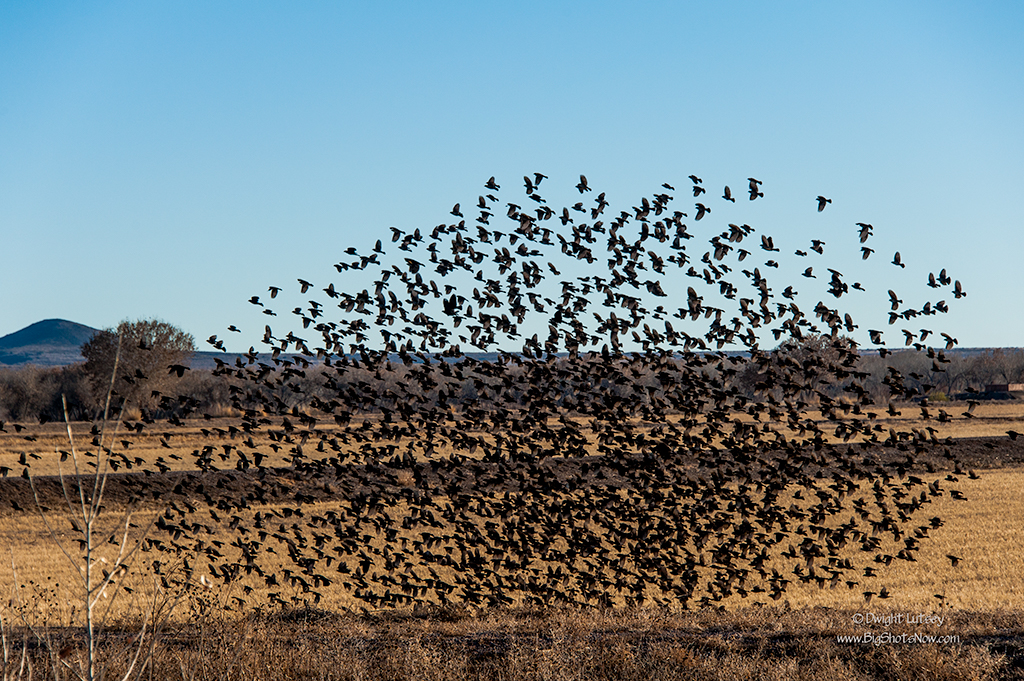
Lately there has been an explosion of news on the major networks, NBC and CNN to name just two, about murmurations. Well two rather small announcements actually, one very visible and the other I sort of had to hunt around for. But when was the last time you heard anything about murmurations at all. Been a donkey’s age hasn’t it. One murmuration was in Israel and the other was in England, where they go absolutely nuts about anything birds do.
So what is a murmuration you might ask, well according to Wiktionary it is as follows,
murmuration (plural murmurations)
- An act or instance of murmuring. (I know, that really helps doesn’t it.)
- A flock of Starlings.
What it appears to be in real life, is a huge flock of birds, usually starlings but can be other kinds too. This flock photographed at Bosque del Apache wildlife refuge, is made up of mostly red-winged blackbirds. They gather together in extra-humongous numbers that apparently makes them kind of nuts or something, as they will all take off and fly around aimlessly but enthusiastically, until one of them decides to land, then they all land at once and make noise. This is repeated endlessly.
There are supposedly many scientific studies that explains why they do this. Money has been spent and mans hours accrued by these scientists watching these birds to figure this stuff out. They say that they have figured out why there is this nutso behavior and have published their findings in some awfully prestigious publications. I looked at one and all I can say is it made my brain hurt, your mileage may vary. If you really have to know what they said, Google murmuration – expensive scientific studies, and it’ll tell you more than you ever wanted to know.
Of course our scientific community here at *The Institute has already figured this all out and we didn’t bill the government doodley-squat in American dollars. We sent a team out to look at them, those red-winged blackbirds, take some pictures, kind a talk amongst themselves for a while, go to lunch, take a short nap after lunch, come back out, check them out one more time and come home. Total cost about 12 bucks for hamburgers at McDonald’s, which we fronted out of our own pockets thank you very much.
Our conclusions were a little different from the scientific types and as we chose to use American, as spoken by everybody on TV as our language, this makes our report a little simpler to understand. Here it is in a nutshell.
These birds are not your average run of the mill dummies. Yeah some of them may look goofy but they’re not. They learn by watching and when they see one of their neighbors grab a seed out of the dirt or find a worm or something they pay attention. They are also greedy by nature and want that worm or seed for themselves so they go right over there and try to take it away from that guy. All of these birds in one place at once, squabbling over a bug causes a commotion, and some of the other birds and it only takes one, freak, jump up into the air and that tears it. Now they all jump into the air and being paranoid figure that the other guy knows where the better food is and they are not going to let him out of their sight for a second.
Hence the flying around in perfect unison. They pack so tightly together that nobody in the middle can even see anything so the guy on the bottom of that murmuration gets a chance to see something, like a juicy bug down there in the weeds, and goes for it. When that happens the result is everybody dives for the ground and you get ‘murmuration’. One of our observers came up with the thought that they fly so close together because they totally believe the guy next to him knows where he’s going, when the truth is not one of all those birds, and we’re talking like, thousands, have a clue. Yes, it creates pretty patterns in the sky but it is not a display of higher intelligence.
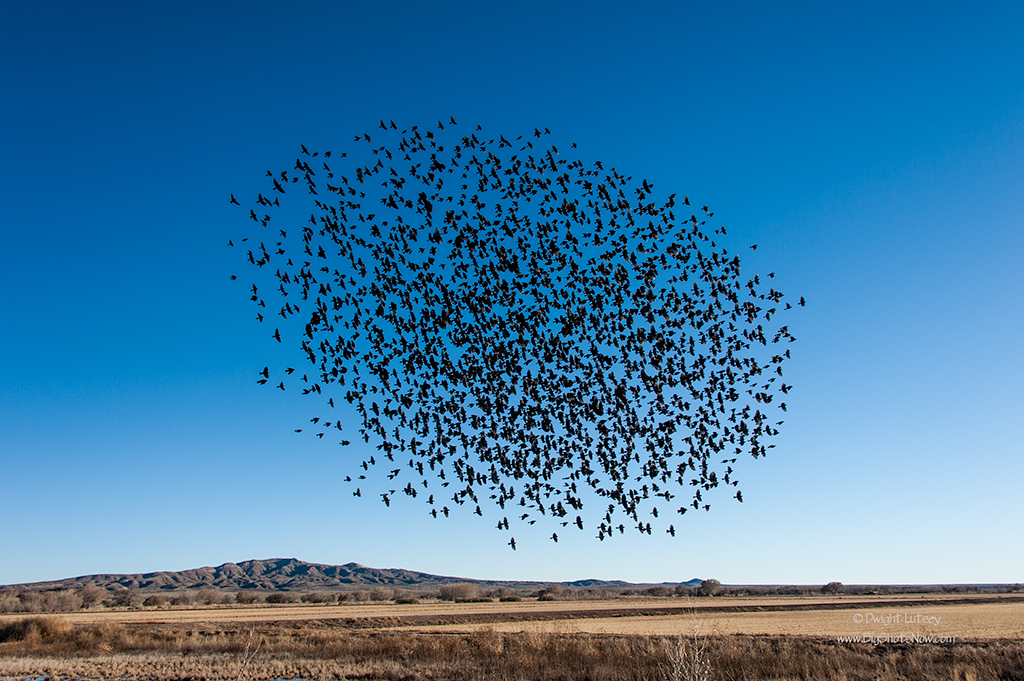
Murmuration is said to be derived from an old English word or medieval Latin, ‘murmuratio’, the meaning of which supposedly sounds like the murmuring of a crowd from the sound the huge flocks of starlings make as they form at dusk, back then when it was medieval. Well it does if the crowd is making a screechy, raspy, squawky noise similar to fingernails on a blackboard and you have a hangover. But since this word ‘murmuratio’ comes from old English who even back then really liked all things birds, they probably thought it sounded beautiful. To each his own. Just remember these English guys medieval or not, like warm beer and eggs fried to the point of incineration. Just sayin’.
Murmuration is a world-wide event that the media is trying to play up as a special thing that only happens in exotic places like Europe and the Middle east but nothing could be further from the truth. We’re having murmurations all over the place right here in the USA. This one was in New Mexico, we saw one up in Wyoming of Franklin gulls visiting for a day that put on a great show, and that was just a bird squawk above the state line from Colorado.
I hope we’ve taken some of the mystery out of Murmurations and helped you to understand one of Nature’s little quirks before you get led astray by expensive and some say unreliable studies even if they get on TV. As always if you have any questions about this subject or anything else for that matter, call us, drop us a line, we’re from The Institute and we’re here to help.
*Note: For those of you unfamiliar with The Institute and what it does, please see the page labeled The Institute on the Menu Bar above. That should explain everything. You shouldn’t have one single question remaining regarding The Institute after reading it. None. For those of you favored few who already know about the Institute, Never mind. Return to your daily activities. Thank you for your support.

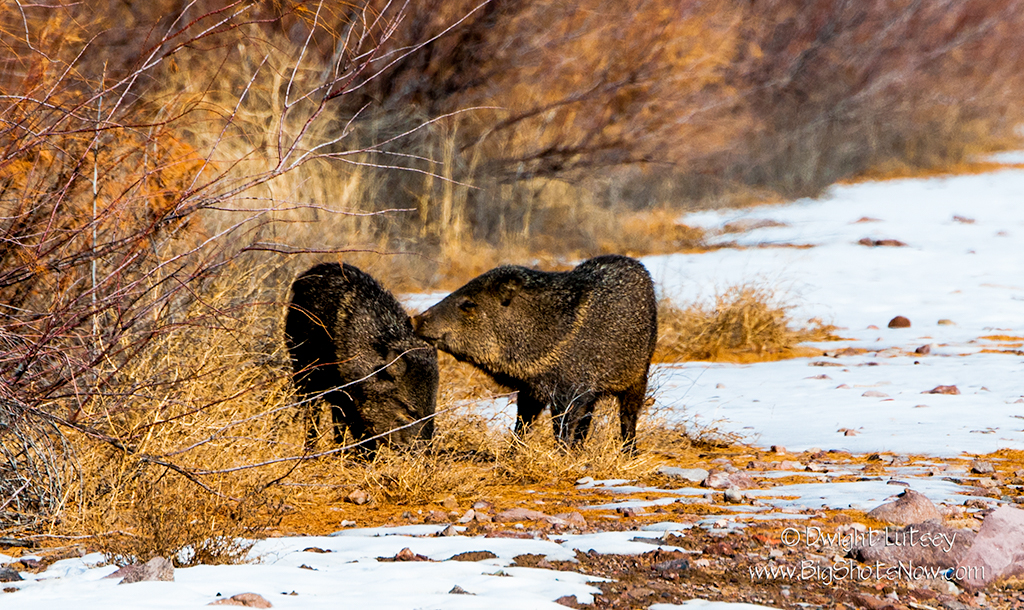
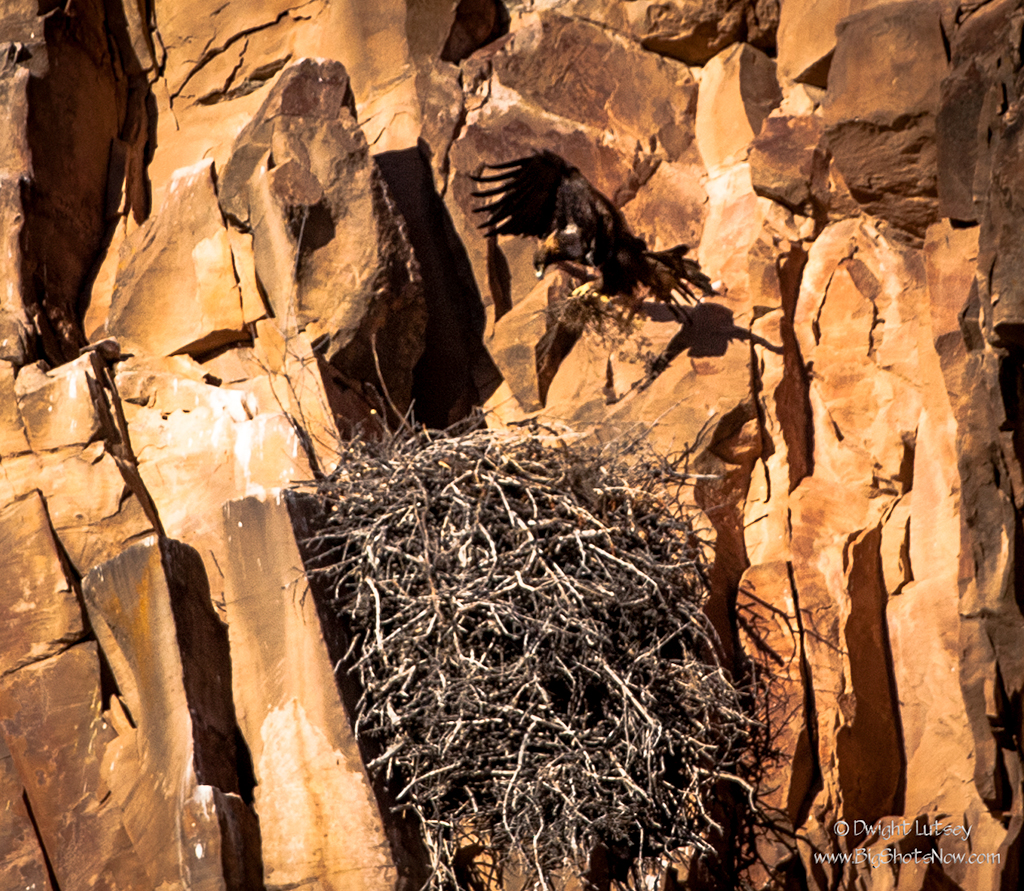
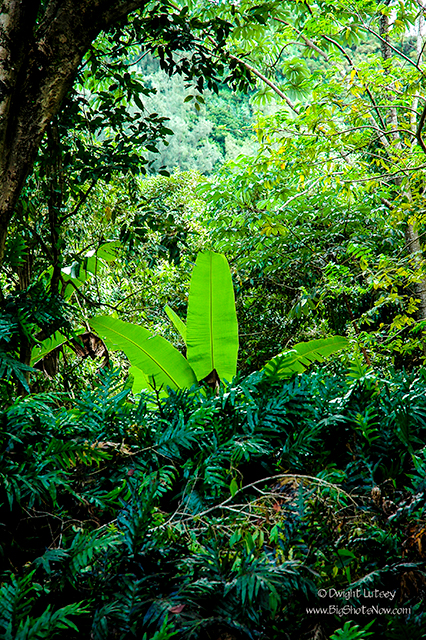
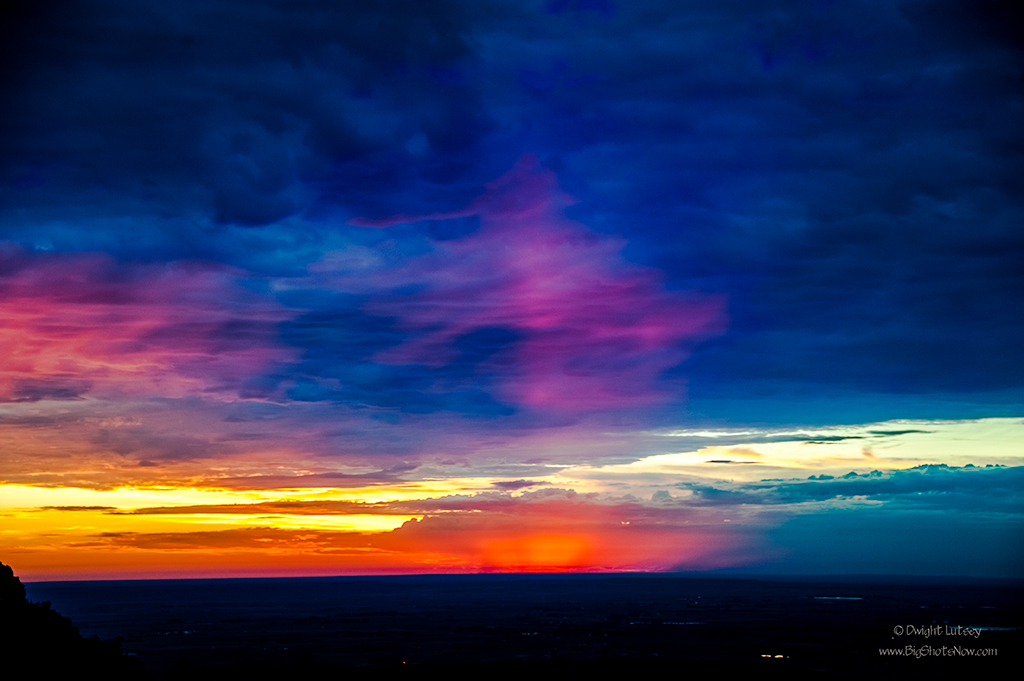
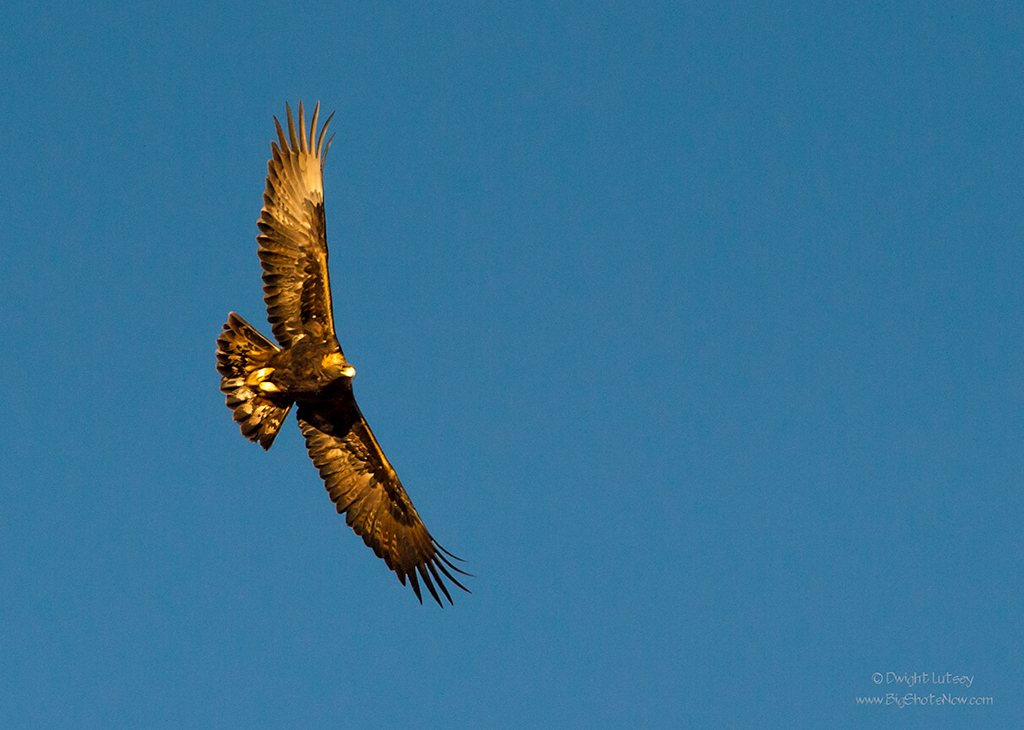


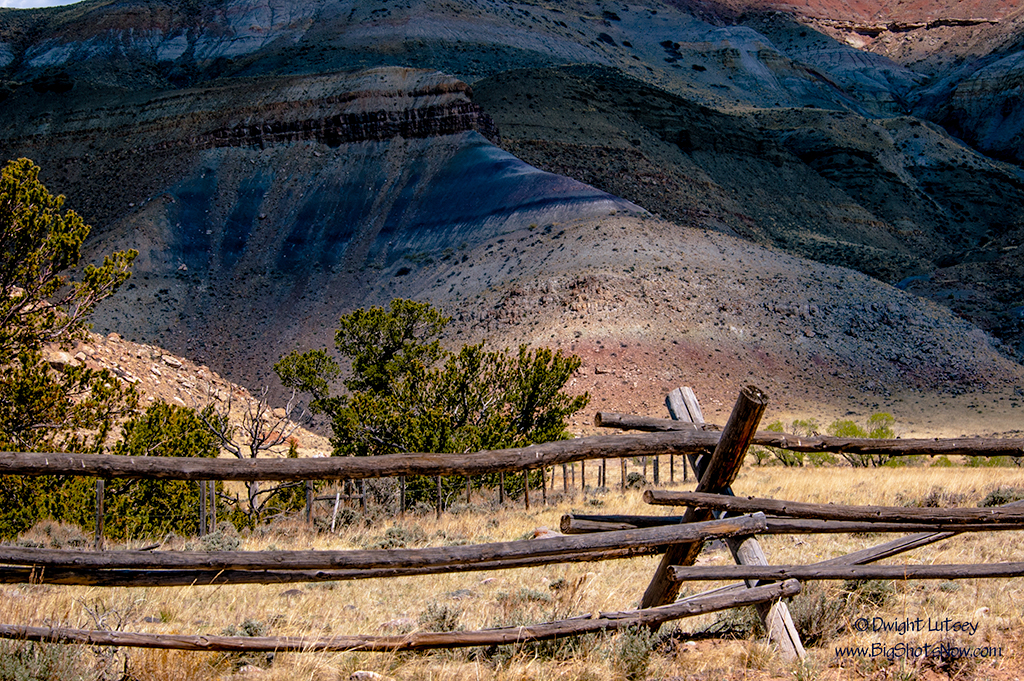
You must be logged in to post a comment.